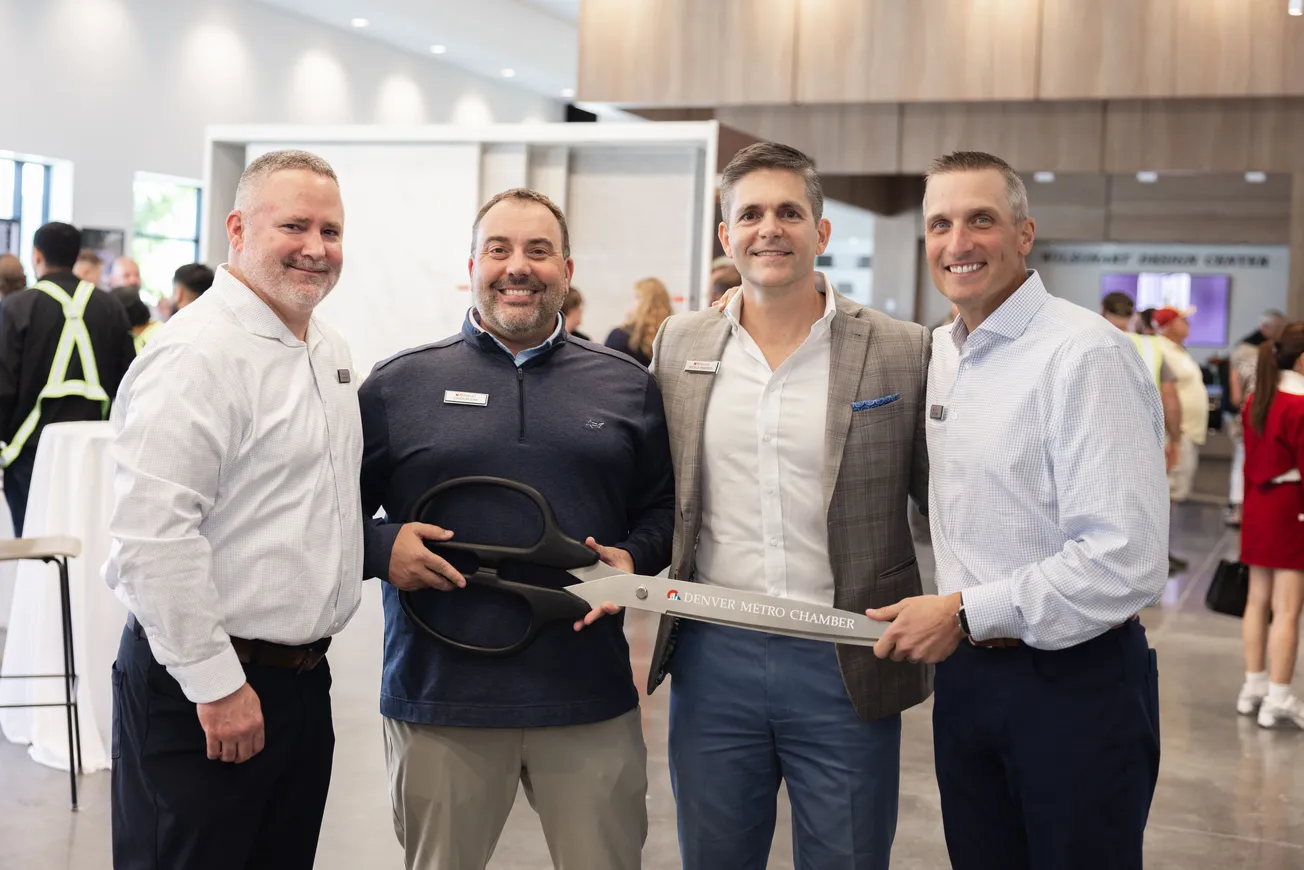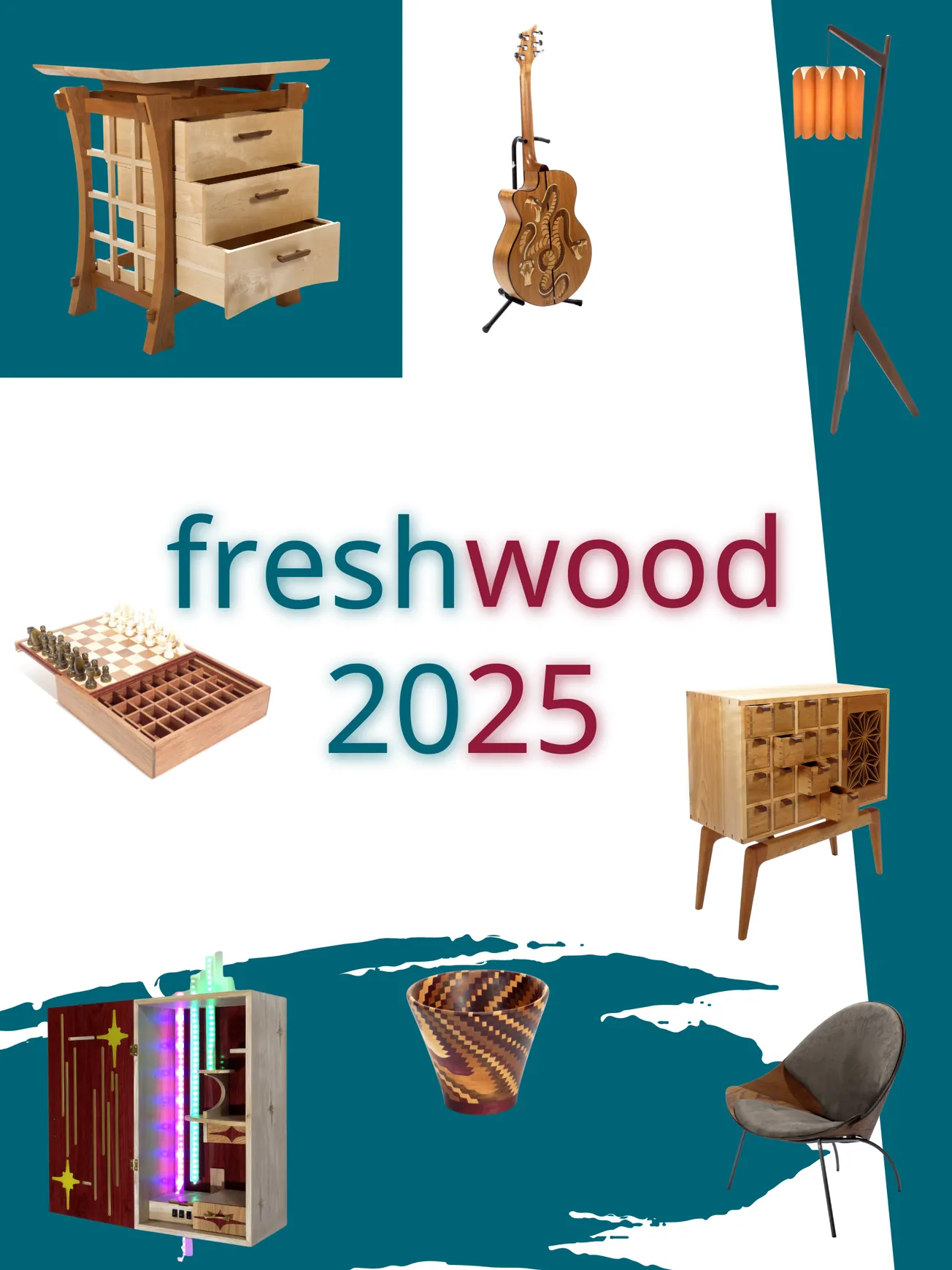Table of Contents
The Crucial Role of Distribution in Shaping Modern Design Projects
In the world of cutting-edge design, the importance of distribution cannot be overstated. This article explores the profound impact of distribution on modern design projects, taking cues from the experiences of industry leaders like Amy Carman and Matt Wasserman. These experts shed light on how distribution practices can make or break a project's success, emphasizing the need for adaptability and reliability in a dynamic marketplace.
The Designer Behind mHouse: Amy Carman's Journey
Amy Carman, the principal of Amy Carman Design in Milwaukee, is the creative force driving the highly anticipated mHouse project. The mHouse, short for "materialicious house," stands as a living research lab showcasing cutting-edge engineered materials in innovative and aesthetically pleasing ways. Carman's selection as the interior designer for this ambitious project is no coincidence; her work embodies the essence of the mHouse concept—a state-of-the-art endeavor with a modern and timeless style.
Carman's designs are known for their class, unpretentiousness, and timeless appeal. What's more, Carman herself represents the demographic that engineered materials manufacturers aspire to reach: young, educated, influential, and design-savvy professionals who are at the forefront of innovative projects. However, her journey into engineered materials was not always straightforward.
Before embarking on the mHouse project, Carman had little experience with engineered materials. She admits, " Until recently, I did not use engineered materials." Her perspective changed dramatically after attending the 2013 Decorative Surfaces Conference (DSC). At this pivotal event, she became aware of the vast array of exceptional products available in the market. Carman realized that designers often make decisions in isolation, unaware of the possibilities that lie beyond their usual materials. She highlights this issue, saying, "It is not like a rep came and educated us on the products. They typically visit the cabinet shops." This lack of awareness often leads designers to overlook certain materials like laminate, dismissing them without understanding the differences.
However, the DSC experience transformed Carman's outlook. She now profoundly understands the myriad options in engineered materials, frequently specifying textured TFL (thermally fused laminate) for its outstanding aesthetic value and impressive performance. Her journey is a testament to the transformative power of knowledge and awareness in the design industry.
The Distributor's Dilemma: Matt Wasserman's Perspective
Matt Wasserman, the General Manager of Louis Anthony Custom Cabinetry in Milwaukee, provides further insights into the vital role of distribution in modern design projects. Louis Anthony Custom Cabinetry is Carman's preferred cabinetmaker, known for crafting high-end custom cabinetry for a select group of builders and designers in the region. In addition to fabrication, Louis Anthony is responsible for shop drawings and installations, tasks overseen by Wasserman himself.
When showcasing engineered materials to clients, Wasserman faces a unique set of challenges. He explains, "I don't push some of the newer stuff out there. I know some of our clients like textured TFL, but finding the entire program of components, edge banding, matching HPL (high-pressure laminate), etc., can be a real struggle." This frustration underscores a common issue in the design and construction industry: the difficulty of sourcing comprehensive project solutions. Wasserman admits to occasionally pulling his hair out while trying to piece together the necessary materials. His preference? He relies on products he knows he can acquire reliably through distribution channels, ensuring he is not at the mercy of unpredictable supply chains. Wasserman's goal is clear: steer clients toward materials that meet their aesthetic and performance expectations and ensure smooth project execution.
The Broader Implications: Adaptation and Opportunity in Distribution
The challenges faced by Carman and Wasserman reflect a broader industry trend—the need for distribution to adapt to the modern landscape to remain relevant and practical. The distribution model is evolving, driven by various factors, including technological changes and consumer expectations. However, amidst these challenges, there are significant opportunities for growth and innovation.
Forward-thinking manufacturer/distribution partnerships are at the forefront of this evolution, leveraging their existing infrastructure, technological advancements, and the expertise of their teams to bring new products to those who need them precisely when they need them. This approach's subtle but profound differences shape the industry's future, ensuring that design professionals and contractors can access the materials and solutions required to execute their projects successfully.
Qualities of Exceptional Distributors: Matt Wasserman's Insights
With his extensive experience in cabinetry and remodeling across different geographic regions, Matt Wasserman has valuable insights into the qualities that distinguish exceptional distributors from the rest. According to Wasserman, a good distributor shares several key characteristics:
- Stock Availability: A reliable distributor keeps essential items in stock, ensuring that products are readily available when needed. In contrast, unreliable distributors may put things on backorder after placing an order, causing delays and disruptions in project schedules. Wasserman emphasizes the importance of distributors prioritizing inventory, as it directly impacts project timelines.
- Understanding of Operations: Exceptional distributors take the time to understand their clients' operations. They appreciate the nuances of their clients' businesses and tailor their services accordingly. For example, Wasserman mentions his preference for distributors like LDS&S Specialty Wholesalers, who excel at stain matches, providing peace of mind for their finishing processes.
- Steady Supply: Distributors that offer a consistent and reliable supply of materials are highly valued. Professionals like Wasserman rely on distributors like Aetna Plywood and Sierra Forest Products because they stock a comprehensive range of materials required for Louis Anthony's production, from panels to edge banding and core materials to veneer-ply.
Towards an Annuity-Based Model
There is a growing shift toward an annuity-based model in the grand scheme of distributor/manufacturer partnerships. Wasserman enthusiastically supports this transition, emphasizing its potential benefits. An annuity-based model prioritizes long-term relationships and ongoing support rather than merely transactional interactions. Wasserman cites the example of Blum, a company that excels in this regard. Blum specializes in developing specialty products like corner hinges and locking devices, but what sets them apart is their rigorous testing to ensure product reliability. Wasserman's unwavering loyalty to Blum stems from its commitment to quality and ability to stock nearly its entire product line consistently.
For professionals like Wasserman, who predominantly engage in custom work, the reliability and comprehensive support offered by manufacturers and distributors can make all the difference in the success of a project.
In conclusion, modern design projects are intricately linked with the distribution of materials and products. The experiences of Amy Carman and Matt Wasserman underscore the critical role that distribution plays in shaping the success of these endeavors.
Distribution is not merely a logistical aspect but a strategic one, influencing decision-making, project execution, and overall outcomes. As the design and construction industry continues to evolve, distributors must adapt to meet the changing needs of professionals like Carman and Wasserman. Through innovative partnerships and a commitment to reliability, distribution channels can continue to empower designers, contractors, and their clients, ensuring that every project achieves the highest standards of excellence.










